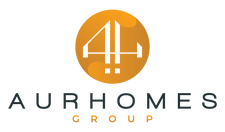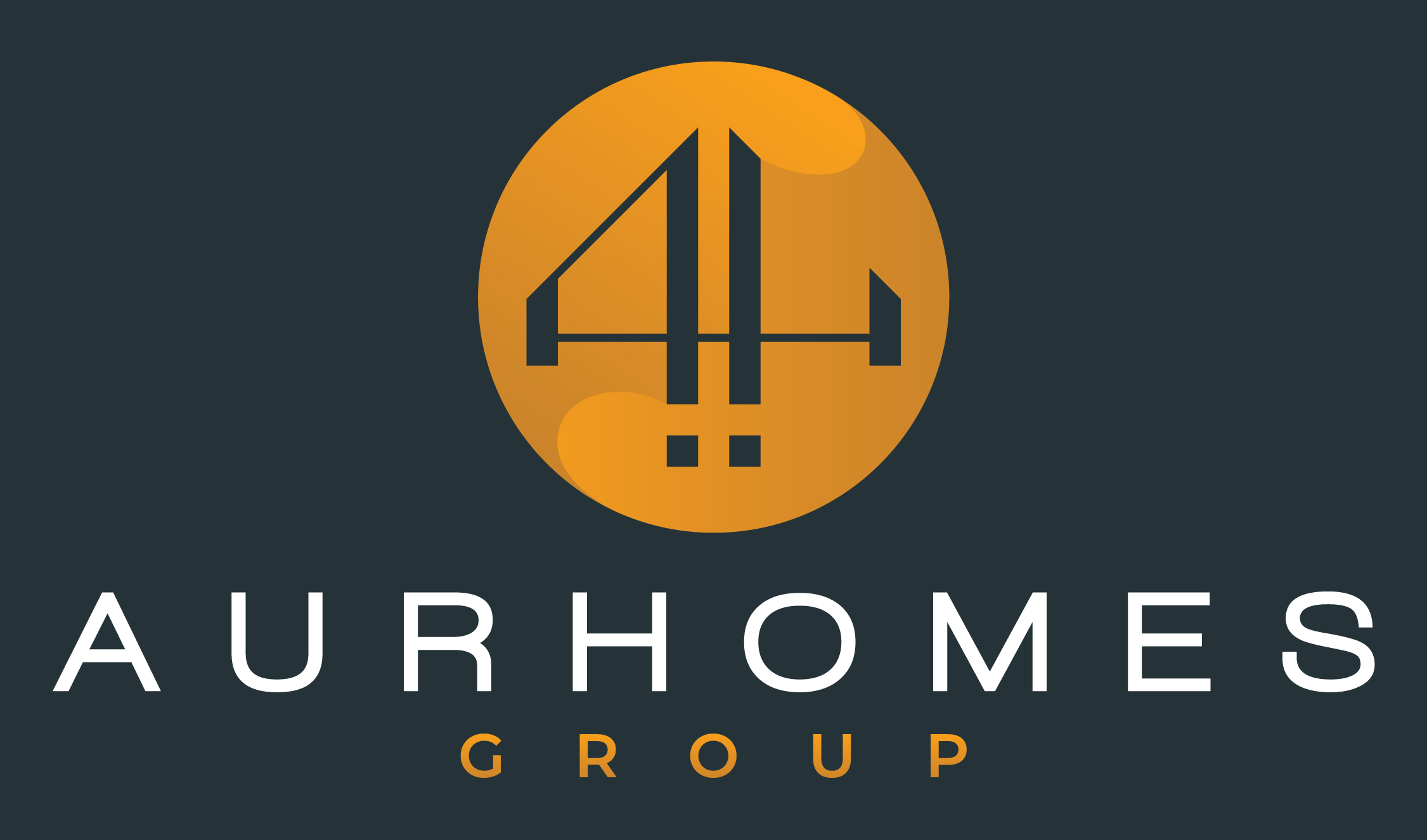Whenever you move into or out of a house, you might wonder which items stay and which ones go. Should the fridge stay in the kitchen or go on the moving truck?
The first step to understanding what items move with the seller and which ones stay with the house is to understand what a fixture is. Let’s take a look at a few common house fixtures that you can expect to stay with the home.
Real Estate Fixtures Definition
Fixtures are objects that are permanently attached to a house by bolts, screws, nails, glue, cement, or any other means. Items like chandeliers, ceiling fans, and window treatments are generally seen as fixtures and will remain with a home after a sale.
When relocating, it is important to recognize which pieces of property should stay in the house for a new owner and which you can take with you. Generally speaking, fixtures are easy to spot due to being attached to the building itself. In some cases, though, there may be debate – like with fridges. Usually, they’re not considered a fixture yet in certain circumstances they can be. To learn more about what defines a fixture as permanent or not, let’s explore further.
Fixtures are the same as real estate, aren’t they?
The fixtures in a home are usually considered real property since they are permanently affixed to the house. A real property item can be included in the value of a property if it is attached to it. Landscapes, for example, are often considered real property and are a real asset. Trees or plants in your yard aren’t likely to move with you and may increase curb appeal, making them both real property and likely home fixtures.
The difference between real and personal property
If fixtures are usually real property, does that mean your other furniture and belongings are personal property? The short answer is yes, for the most part. Your property has both real and personal property. Real property is an item attached to a property and contributes to its value, while personal property, also known as chattel, is an item that is movable and subject to personal ownership.
A barn or shed that was built on your land and is permanently “attached” to it would be an example of real property. If, on the other hand, you decide to move to a new house, you would probably bring with you your couch or chair as personal property.
Fixture Identification
We discussed earlier that there can sometimes be some gray area when it comes to deciding if something is or isn’t a permanent fixture in a home, so how do we decide what needs to stay?
Using MARIA’s services is one of the easiest ways to solve this problem.
MARIA: What Is It?
As an acronym and sort of “test,” MARIA isn’t a person – it’s used by real estate agents to identify fixtures. Due to the difficulty of identifying fixtures, (not to mention that different states and local governments may have different definitions of what constitutes a fixture), MARIA exists to help real estate agents and other parties involved in a sale clarify these issues.
The letters in ‘MARIA’ stand for different things.
MARIA stands for “method of attachment.” A fixture is usually something permanently attached to the house (with glue, cement, screws, etc.).
M: The “M” in MARIA stands for “method of attachment.” If an item is permanently attached to the house (whether that’s with glue, cement, screws, etc.) it’s usually a fixture.
A: “A” stands for “adaptability.” If an item has “adapted” to a purpose in the home or, in other words, become an integral piece of the house as a whole, it’s also a fixture. A common example of this is a pool cover. Though you could easily pack up a pool cover and bring it with you when moving, it’s intended to cover the pool at that house and is therefore integral to that piece of real property.
R: “R” stands for “relationship of the parties.” Sometimes, who’s who in a fixture dispute can change the way some items are evaluated. If a buyer and seller are disputing a fixture, say the blinds or curtain rod above a window, it is typically assumed that the item was installed with the intention of being a permanent fixture in the house. If the dispute is between a landlord and a tenant, however, it’s usually assumed that anything a tenant installs is something they intend to remove and bring with them – making it potentially not a fixture.
I: “I” stands for “intention.” The reason that an item was installed or attached can also dictate whether it is a true fixture. If an item isn’t necessarily “attached” to the property, like a stove or refrigerator, it may not by default be a fixture – but if the homeowner intended to build it into the home as a permanent fixture, it might count as one if both home buyer and seller acknowledge it as such.
A: And finally, the second “A” stands for “agreement.” The best way to know exactly what is and isn’t going to be included in a home sale is to consult the purchase agreement or purchase contract.
.
House Fixtures Examples
Some items are considered permanent home fixtures if installed. Examples include:
- Lighting fixtures
- Fans for ceilings
- Bookshelves built into the wall
- Plants, trees, and landscaping
- Fixtures for lighting
- Rods for curtains
- Blinds for windows
- Racks for towels
- Appliances built into the wall
- Other appliances, such as washers and dryers
- Carbon monoxide and smoke detectors
Real Estate Fixture Disputes
A dispute over whether a particular item is a fixture in a home can go either way. Here are some items commonly in dispute.
- Generally, built-in appliances like sinks and dishwashers are considered fixtures since they cannot be moved if you sell the house. Unattached washers and dryers, fridges, and other appliances, however, can sometimes be considered personal property since they are not attached to the house.
- Free-standing swing sets and other play sets that are not cemented into the ground in a yard are also frequently debated. While swing sets cemented into the ground are considered real property and fixtures, their lines get blurry when they are not permanently affixed to the ground.
- Depending on the mirror, it may be considered either a fixture or personal property. Generally, if a mirror is bolted or otherwise permanently attached to a wall, it is considered a fixture, while free-standing mirrors are considered personal property.
- As light fixtures are typically attached to homes and considered integral parts, they are usually regarded as fixtures. To avoid potential conflicts with the buyer, it is important to make it clear in the purchase agreement if you intend to bring a light fixture with you when you move.
- Curtains and other detachable window accessories usually leave with the seller, while curtain rods and other more permanent window treatments are commonly considered fixtures. Ask if curtains or blinds are fixtures in a home you’re considering before purchasing rather than being disappointed or surprised later if you don’t know.
- The basketball court itself is almost certainly a fixture in any home that has a basketball court, but the hoops might be debatable. A basketball hoop that sits aboveground, however, could potentially be considered personal property. A basketball hoop that is cemented into the ground is a fixture; a basketball hoop that sits above ground, however, is not.
Real Estate Fixtures: How To Avoid Disputes
If you’re preparing your home for sale or purchasing one, being clear and transparent about what’s going to stay and leave home is the best way to avoid disputes over fixtures. Prior to the final walkthrough, it is recommended to have (or request) in writing what items will remain in the house and which won’t. If both parties are communicating clearly and consistently, any confusion about fixtures can usually be resolved before it becomes an issue.
Putting it all together
Generally, fixtures remain with a home when it’s sold – but there are some gray areas, so always ask the seller or consult a purchase agreement if you’re unsure.




